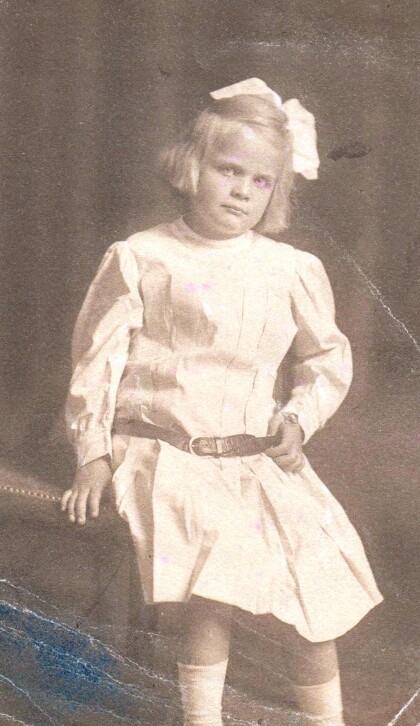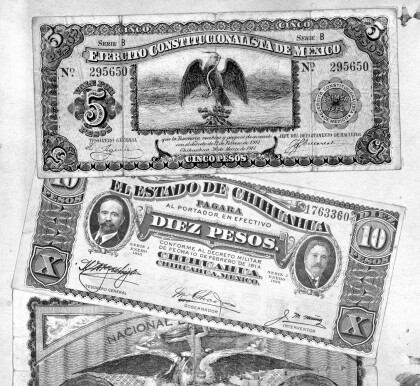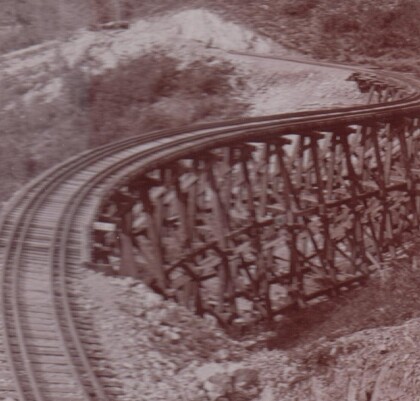1920 Peace and Progress Excursion
1/7
Report this entry
More from the same community-collection
Francisco I. Madero and his Wife Sara Pérez
The image shows Francisco I. Madero and his wife Sara Pérez. ...
Otis Aultman photographs Pancho Villa
Photographer Otis Aultman gets exclusive photos of Mexican ...






























Comments
Add a comment